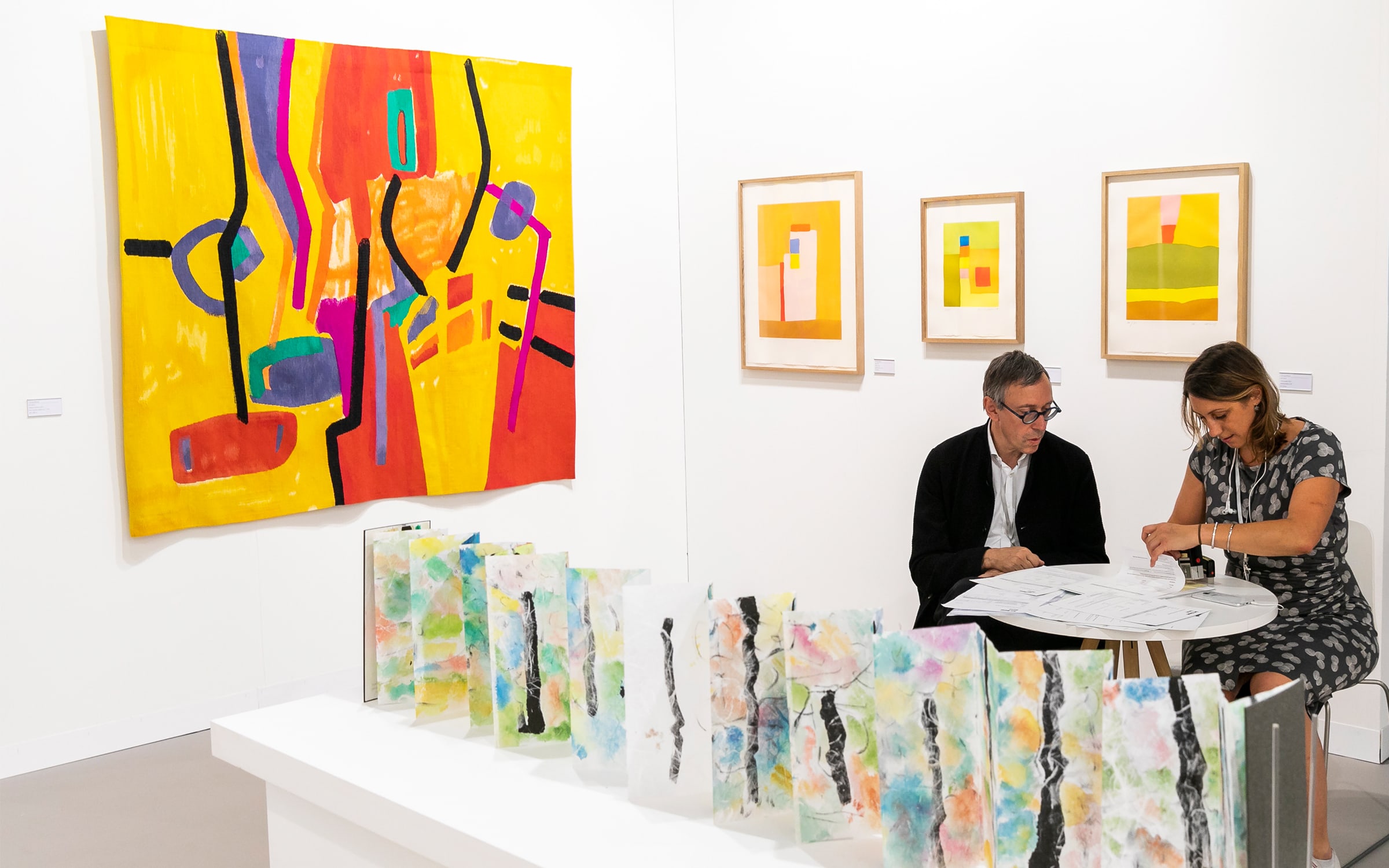From Louise Bourgeois prints to Etel Adnan tapestries, editions take center stage at this Paris gallery
Director Patrice Cotensin shares the stories behind Lelong’s enduring commitment to publishing
Log in and subscribe to receive Art Basel Stories directly in your inbox.

